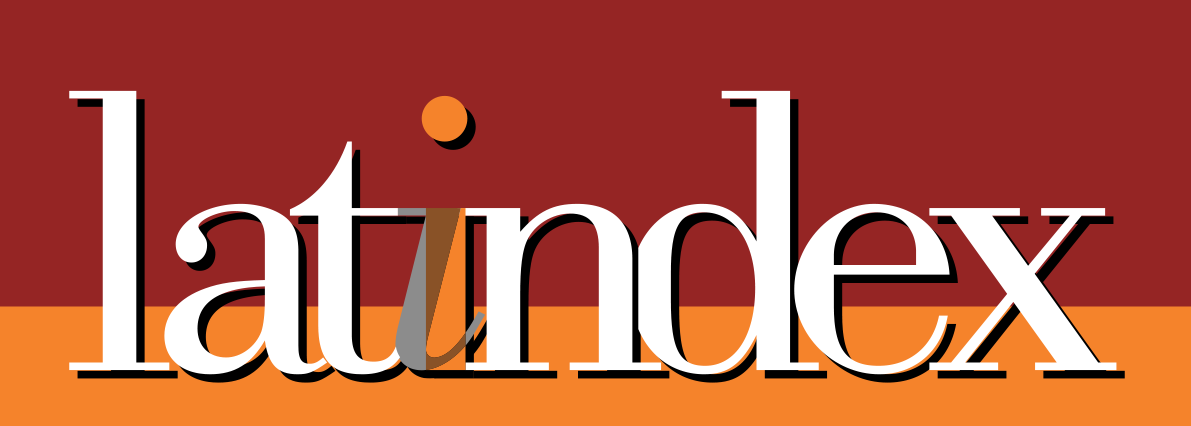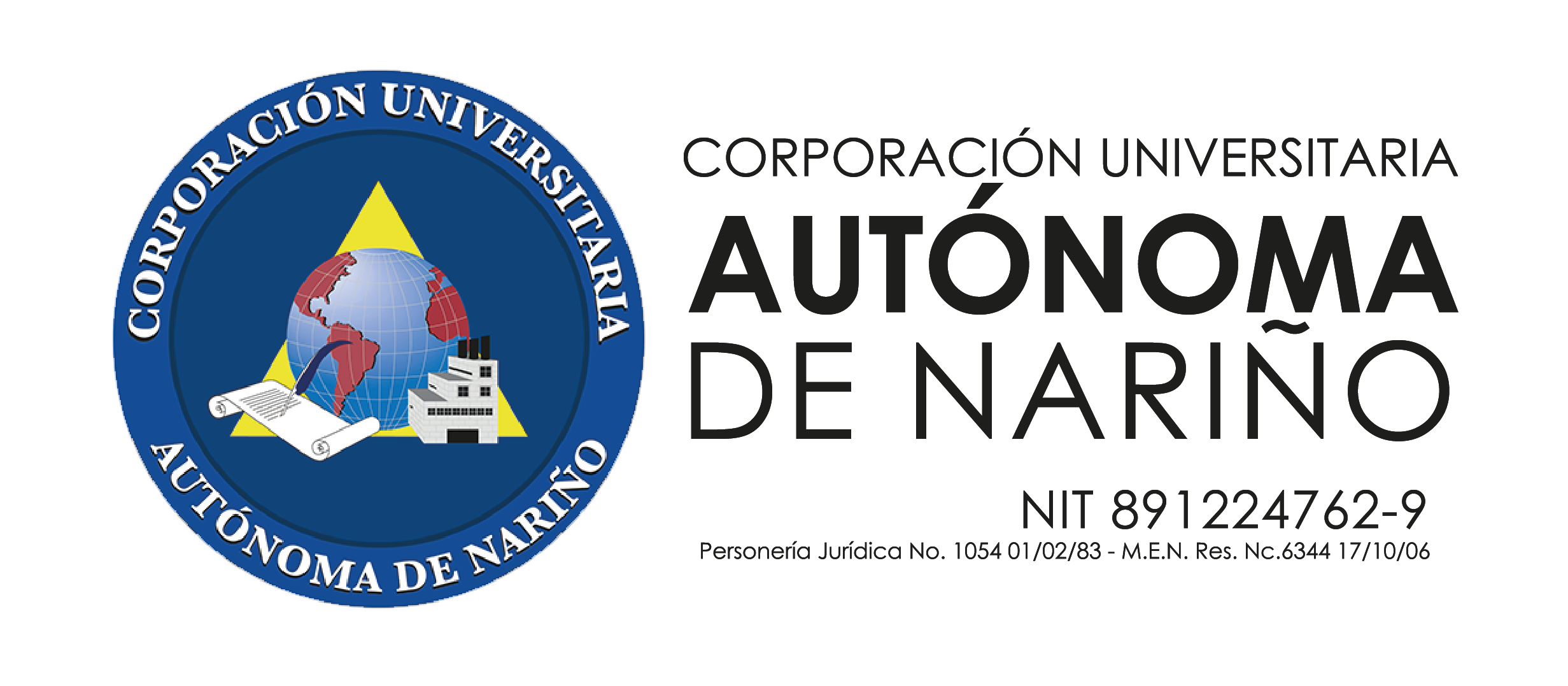Turismo accesible en los hoteles con destino en el centro de México
DOI:
https://doi.org/10.47666/summa.5.2.3Abstract
Promoting accessibility in the hotel sector in Mexico is a crucial issue not only from the economic point of view but also from the perspective of human resources and the full enjoyment of tourism resources by the population with disabilities. The aim of this paper is to review hotel accessibility in companies from 2 to 5 stars located in the selected tourist destinations. It is an exploratory and descriptive study that though a simple statistical analysis identifies: a) services or facilities for disable people who have hotels from two to five stars that are located in the selected tourist destinations, b) services or facilities by type of disability, c) accessible solutions by type of disability. In this study, it is observed that accessible solutions for people with physical and temporary disabilities predominate in study accommodation establishments. The needs for people with sensory and intellectual disabilities are practically ignored. Accessibility solutions available for people with this type of disability are promoted as additional services for guests in general.
Downloads
References
Aydoğdu, A., Yaşarsoy, E., & Pamukçu, H. (2019). The suitability of disabled friendly holiday accommodation in Turkey: The case of Kastamonu hotels. Journal of Global Business Insights, 5(1), 19-32. https://www.doi.org/10.5038/2640-6489.5.1.1092
Banco Mundial (2020). Discapacidad. Banco Mundial. https://www.bancomundial.org/es/topic/disability. Fecha de consulta: 11 de octubre de 2020.
Daniels, M. J., Drogin, E. B., & Wiggins, B. P. (2005). Travel Tales: An interpretive analysis of constraints and negotiations to pleasure travel as experienced by persons with physical disabilities. Tourism Management, 26(6), 919-930. https://doi.org/10.1016/j.tourman.2004.06.010
Darcy, S., McKercher, B., & Schweinsberg, S. (2020). From tourism and disability to accessible tourism: a perspective article. Tourism Review, 75(1), 140-144. https://doi.org/10.1108/TR-07-2019-0323
Daruwalla, P. & Darcy, S. (2005). Personal and societal attitudes to disability. Annals of Tourism Research, 32(3), 549-570. https://doi.org/10.1016/j.annals.2004.10.008
de Lorenzo, R. (2003): El futuro de las personas con discapacidad en el mundo: Desarrollo humano y discapacidad. Fundación ONCE.
Fernández, Á., & Grünewald, L. (2016). Ciudades turísticas inteligentes: Seguridad accesibilidad y productos de apoyos en el turismo accesible. En E. Fernández, M. Cálgaro & L. Grünewald (Eds.), Temas de gestión en Hotelería y Gastronomomía (pp. 7-20). Universidad Nacional de Quilmes.
Fernández, M. T. (2009). Turismo Accesible: Importancia de la Accesibilidad para el Sector Turístico. ENTELEQUIA. Revista Interdisciplinar, 9, 211-214.
Figueiredo, E., Eusébio, C., & Kastenholz, E. (2012). How Diverse are Tourists with Disabilities? A Pilot Study on Accessible Leisure Tourism Experiences in Portugal: How Diverse are Tourists with Disabilities?. International Journal of Tourism Research, 14(6), 531-550. https://doi.org/10.1002/jtr.1913
Frejomil, E.P., & Crispín, Á.S. (2002). Estructura regional del turismo en México. Ería: Revista cuatrimestral de geografía, 59, 386-394.
Hughes, B., & Paterson, K. (2008). El modelo social de discapacidad y la desaparición del cuerpo. En Barton, L. (Coord.). Superar las barreras de la discapacidad. Ediciones Morata.
INEGI, Instituto Nacional de Estadística y Geografía (2020). Directorio Estadístico Nacional de Unidades Económicas. INEGI. https://www.inegi.org.mx/rnm/index.php/catalog/587.
Lipianin, E., & Szewczyk, I. (2019). Adaptation of business hotels to the needs of disabled tourists in Poland. Problems and Perspectives in Management, 17(4), 392-403. http://dx.doi.org/10.21511/ppm.17(4).2019.32
Marcos, D., & González, D. (2003). Turismo Accesible. Hacia un Turismo para todos. CerMies.
Muro, L., XMora, C., Olmedo, V., & Moo, M. (2019). Análisis de las estrategias de comunicación y promoción de las páginas web en la difusión de destinos turísticos con ANP: Caso Cozumel. El Periplo Sustentable, 37, 278-310. https://doi.org/10.36677/elperiplo.v0i37.9772
Nyanjom, J., Boxall, K., and Slaven, J. (2018). Towards inclusive tourism? Stakeholders collaboration in the development of accessible tourism. Tourism Geographies, 20(4), 1-23. https://doi.org/10.1080/14616688.2018.1477828
ODO, Open Doors Organization (2020). 2020 Market Study Corporate Price. Open Doors Organization. Open Doors Organization.
OMS, Organización Mundial de la Salud (2001). Clasificación Internacional del Funcionamiento de la Discapacidad y de la Salud. Organización Mundial de la Salud (OMS). https://www.imserso.es/InterPresent2/groups/imserso/documents/binario/435cif.pdf
OMT, Organización Mundial del Turismo (2014). Recomendaciones de la OMT por un turismo accesible para todos. Organización Mundial del Turismo (UNWTO). https://www.e-unwto.org/doi/pdf/10.18111/9789284415991
Paniagua, F., & Huertas, A. (2018). El contenido en los medios sociales de los destinos turísticos y la búsqueda de información de los usuarios. Cuadernos de Turismo, 41, 513-534. https://doi.org/10.6018/turismo.41.327131
Poria, Y., & Timothy, D. J. (2014). Where are the children in tourism research? Annals of Tourism Research, 47, 93-95. https://doi.org/10.1016/j.annals.2014.03.002
Rice, P. (2006). Universal Management: A Proposal to Change the Direction of Accessibility Management in the Australian Tourism Industry to Create Benefits for All Australians and Visitors to Australia. Review of Disability Studies: An International Journal, 2(2), 1-24. https://www.rdsjournal.org/index.php/journal/article/view/352
Rodríguez, C. (2016). Accesibilidad universal. Autonomía personal, (13). 30-35.
SECTUR, Secretaría de Turismo (2019). Estrategia Nacional de Turismo 2019-2024. Secretaría de Turismo. https://amdetur.org.mx/wp-content/uploads/2019/02/Presentaci%C3%B3n-Estrategia-Nacional-de-Turismo-21.02.19-FINAL-comprimido.pdf.
SECTUR, Secretaría de Turismo (2020). Compendio Estadístico del Turismo en México 2020. Secretaria de Turismo. https://www.datatur.sectur.gob.mx/SitePages/ActividadHotelera.aspx. Fecha de consulta: 12 de febrero de 2022.
Szewczyk, I. (2015). Accesible Szczyrk Hotels' Features for Disabled Tourists. 3rd International Scientific Conference Tourism in Southern and Eastern Europe, 3, 369-382.
Yfantidou, G., Spyridopoulou, E., Papaioannou, A., & Balaska, P. (2017). Service innovation in hotels for people with disabilities. 20th Excellence in Services International Conference, 1(1), 835-848.








